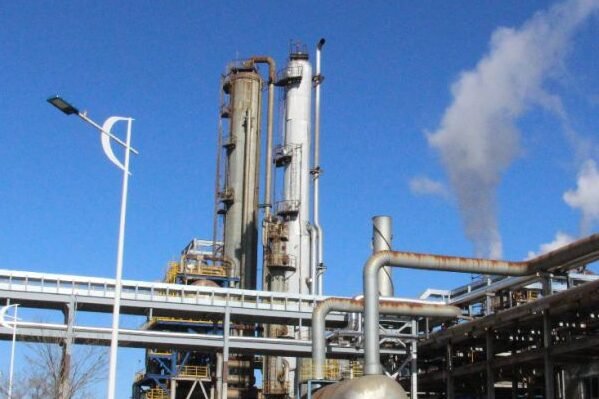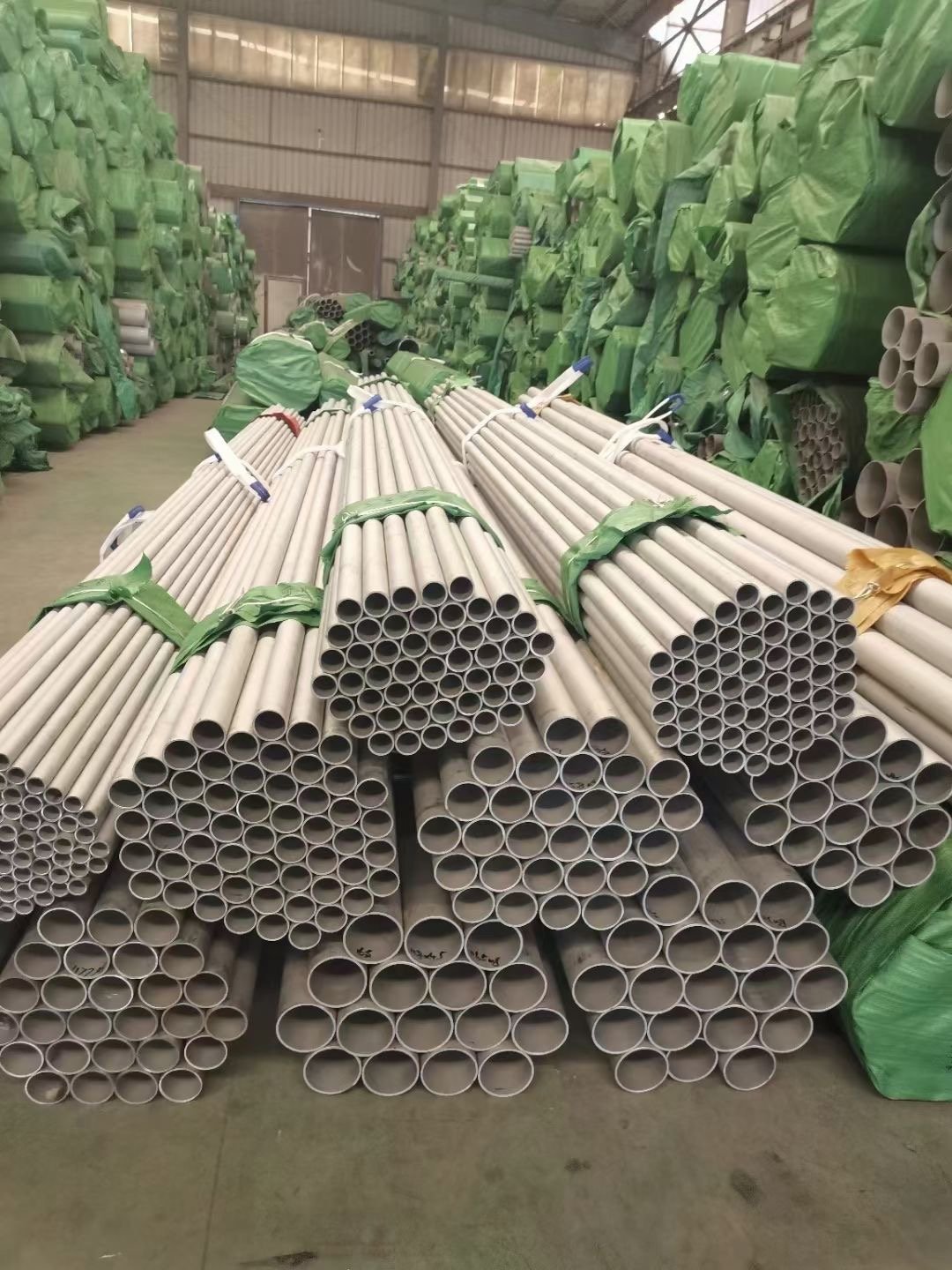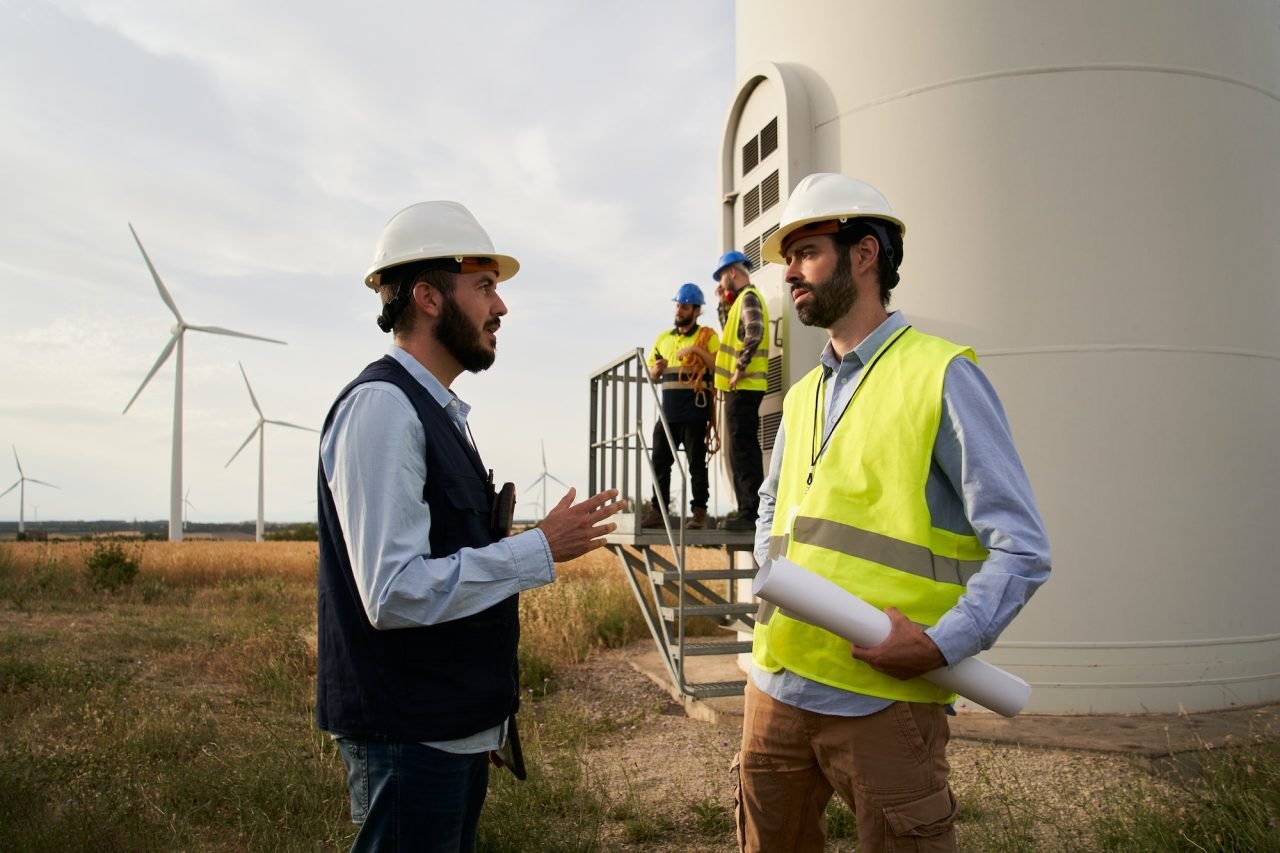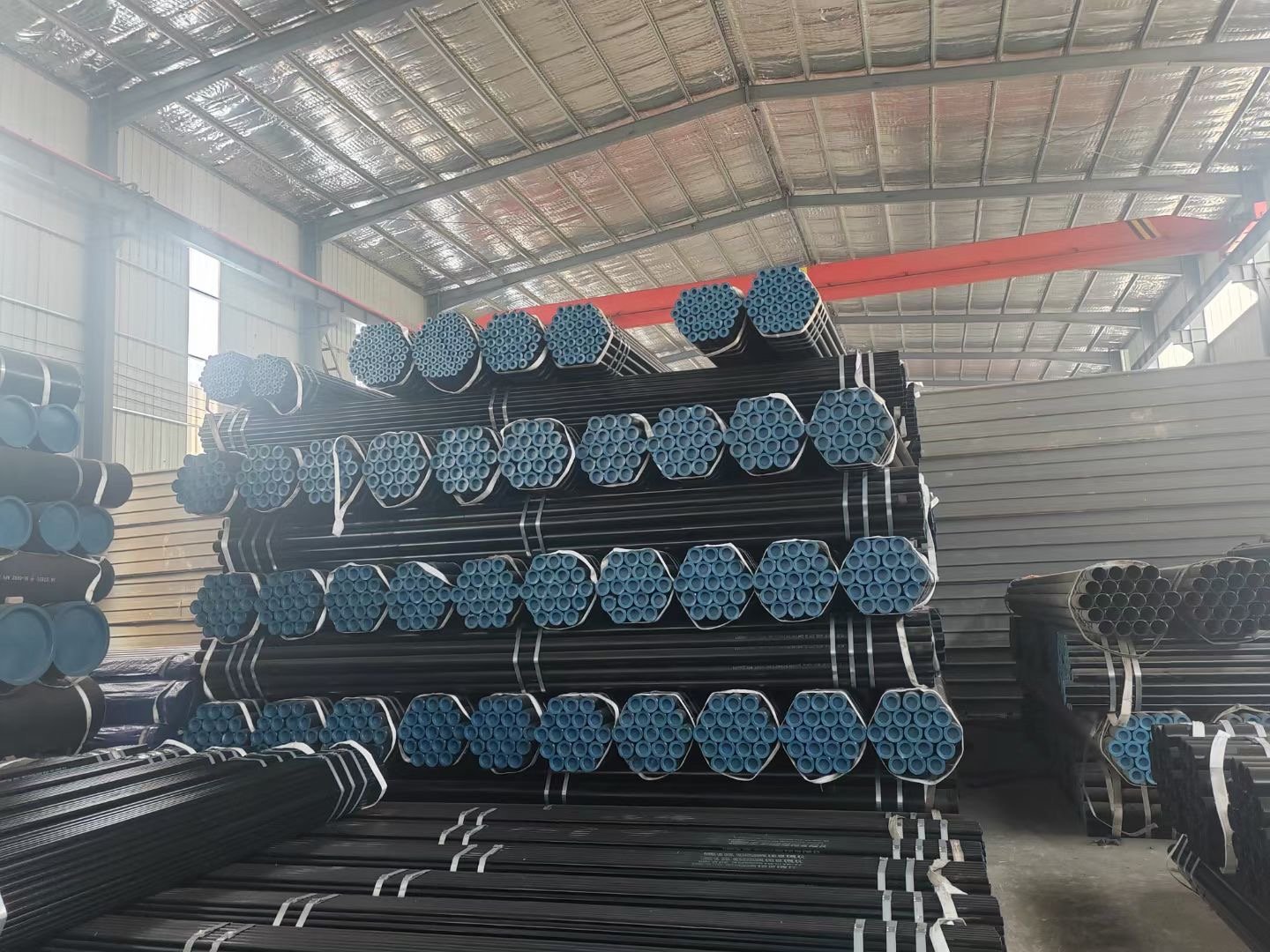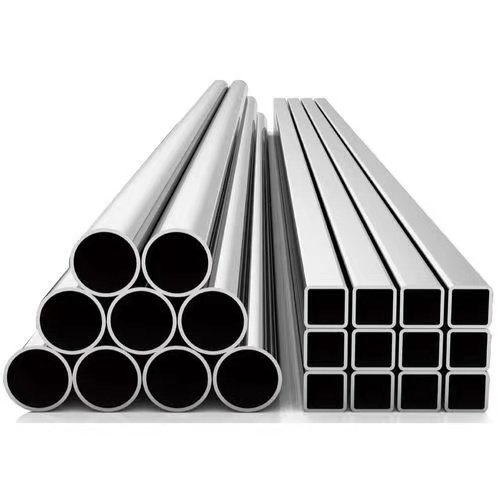Welded Pipe Manufacturing Process
The manufacturing process of welded pipes is distinct from that of seamless pipes, involving several steps where steel sheets or strips are formed and then welded. This process is pivotal for businesses like SteelMerge that may deal in both seamless and welded stainless steel pipes. Here’s a comprehensive overview:
- Coil Selection and Preparation:
- The process begins with selecting large rolls of steel coil. The quality of steel used is crucial to determine the pipe’s strength and durability.
- The coil is unrolled and flattened into a sheet of the required width.
- Forming:
- Slitting: The flat steel sheet is slit into strips of desired width.
- Forming: The strips are then passed through rollers that gradually form them into a cylindrical shape.
- Welding:
- Once the edges of the strip are brought together, a welding process is applied. The most common welding methods for pipes include:
- ERW (Electric Resistance Welding): Uses an electric current to heat and fuse the edges.
- SAW (Submerged Arc Welding): Involves forming an arc between a continuously fed electrode and the workpiece.
- The quality of welding is critical for the pipe’s structural integrity.
- Once the edges of the strip are brought together, a welding process is applied. The most common welding methods for pipes include:
- Removing Excess Weld Material:
- After welding, the external and sometimes internal weld bead (excess weld material) is removed to ensure a smooth surface.
- Heat Treatment:
- The welded pipes may undergo heat treatment to relieve stresses and achieve desired mechanical properties.
- Sizing and Shaping:
- The pipes then go through a series of rollers to ensure they have the correct diameter and roundness as per the specifications.
- Cutting to Length:
- Pipes are then cut to the specified lengths using saws or cutting torches.
- Finishing Processes:
- Depending on the application, various finishing processes like galvanizing (for corrosion resistance), painting, or coating may be applied.
- Inspection and Testing:
- Quality control is a critical part of the manufacturing process. This includes visual inspections, non-destructive testing (like ultrasonic or radiographic tests), and mechanical tests to ensure the pipes meet the required standards and specifications.
- Packaging and Shipping:
- Finally, the pipes are bundled, marked for identification, and prepared for shipping.
The welded pipe manufacturing process is cost-effective and allows for a wide range of diameters, wall thicknesses, and material types. For SteelMerge and similar businesses focusing on B2B and wholesale distribution, understanding this process is key to ensuring the delivery of high-quality welded pipes suitable for various applications, including structural, plumbing, and industrial uses.


